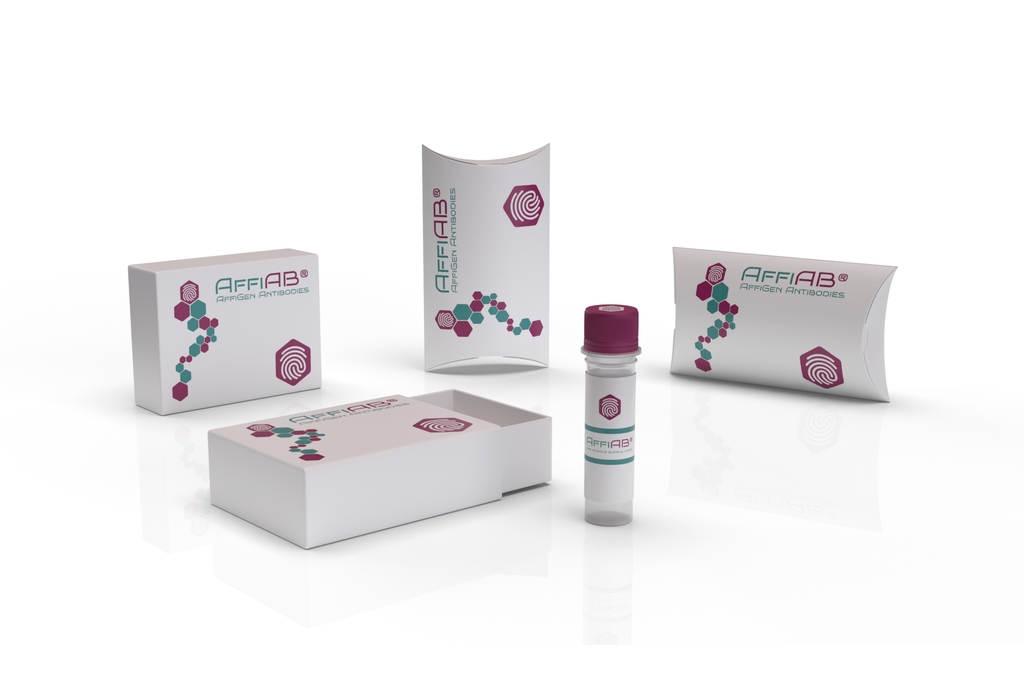AffiAB® Anti-STAT1 Antibody
STAT1 is a member of the Signal Transducers and Activators of Transcription family of transcription factors. STAT1 is involved in upregulating genes due to a signal by either type I, type II, or type III interferons. In response to IFN-γ stimulation, STAT1 forms homodimers or heterodimers with STAT3 that bind to the GAS (Interferon-Gamma-Activated Sequence) promoter element; in response to either IFN-α or IFN-β stimulation, STAT1 forms a heterodimer with STAT2 that can bind the ISRE (Interferon-Stimulated Response Element) promoter element. The phosphorylated STATs dimerize and associate with ISGF3G/IRF-9 to form a complex termed ISGF3 transcription factor that enters the nucleus. ISGF3 binds to the IFN stimulated response element (ISRE) to activate the transcription of IFN-stimulated genes (ISG) , which drive the cell in an antiviral state. In response to type II IFN (IFN-gamma) , STAT1 is tyrosine- and serine-phosphorylated.
Antibody type
Rabbit polyclonal Antibody
Uniprot ID
SwissProt: P42224 Human
Recombinant
NO
Conjugation
Non-conjugated
Host
Rabbit
Isotype
IgG
Clone
N/A
KO/KD
N/A
Species reactivity
Human, Mouse, Rat
Tested applications
WB, IF-Cell
Predicted species reactivity
N/A
Immunogen
Recombinant protein within human STAT1 aa 87-262.
Storage
Store at +4°C after thawing. Aliquot store at -20°C or -80°C. Avoid repeated freeze / thaw cycles.
Form
Liquid
Storage buffer
1*PBS (pH7.4) , 0.2% BSA, 40% Glycerol. Preservative: 0.05% Sodium Azide.
Concentration
1 mg/mL.
Purity
Immunogen affinity purified.
Signal pathway
Immunology & Inflammation, JAK-STAT signaling pathway
Recommended dilutions
WB: 1:1, 000; IF-Cell: 1:200
Molecular Weight
87 kDa
Subcellular location
Cytoplasm, nucleus
Positive control
Hela, 293, A431, NIH/3T3
